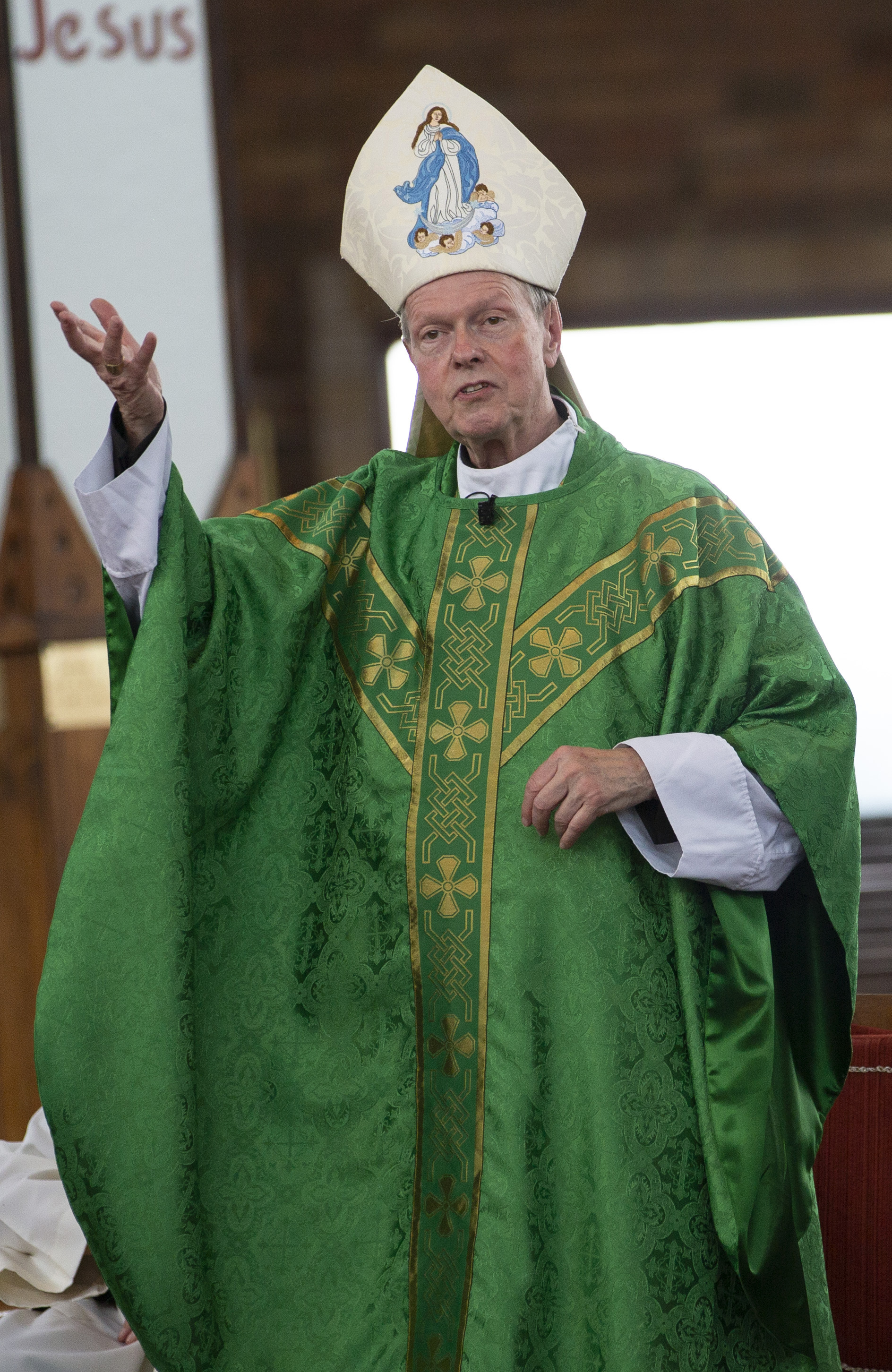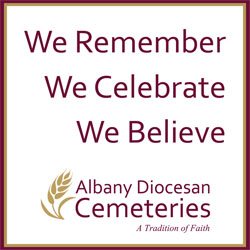April 6, 2018 at 1:53 p.m.
REFLECTION
WWII showed why we must celebrate Mary's assumption
Few Catholics see the relevance of a traditional holy day such as the feast of the assumption on Aug. 15. Nowadays, secular culture triumphs over religious faith. Catholic doctrine has nothing to say to our enlightened secularists and pagans.
How important is the feast of the assumption of Mary? Our secular age needs to hear the voice of the Church on the meaning of this great feast, one of the glorious mysteries of our Catholic faith!
When the dogma of the assumption was first declared by Pope Pius XII in 1950, the world was recovering from the shock of the Second World War five years earlier. Shortly after the pope's declaration, then-Cardinal Timothy Manning of Los Angeles offered some wonderful reflections on the meaning of the feast for the weary Christian pilgrims of the world.
Cardinal Manning was convinced the teaching was especially appropriate for the time: It was the moment for the Church to proclaim the sacredness of the human body.
Concentration camps like Auschwitz and Dachau had shown little regard for the innate dignity of a single human life, a precious gift of God. Human flesh had seemingly no value, no sacredness in camps with gas chambers and crematoria.
At this juncture in human history, the Church responded by showing what God thinks of human flesh: It is worthy of eternal glory and of union with the most blessed Trinity.
In a profound sense, the assumption of the Blessed Mother is a hymn to the human body. The doctrine affirms the dignity of the body - a treasure so significant that it will reach even greater glory in heaven!
In his writings, St Paul was an extraordinary witness to the beauty and grandeur of the human body. In his letter to the Christian faithful in Rome, he writes: "If the Spirit of the one who raised Jesus from the dead dwells in you, the one who raised Christ from the dead will give life to you mortal bodies also, through His spirit who dwells in you" (Rom 8:11).
At a retreat many years ago, English priest and convert Rev. Ronald Knox told a humorous story: In a restaurant, a man was seen by a waiter walking around one of the tables, lifting up the tablecloth at intervals to look underneath it. He had finished his meal minutes ago.
The waiter said, "Lost something, sir?" The man said, "Yes, I've lost my meringue pie." The waiter said, "Sir, I expect they swept away the piece you dropped; no need to look for it." And the man said, "It's got my false teeth in it."
What is Father Knox's point? "Obviously, it must be something very much worse than losing one's false teeth to lose your whole body, which is made for you and belongs to you and is a part of you."
That's also the key to understanding the mystery of the assumption of Mary. Again, to quote Father Knox: "When our Lord took His blessed Mother, soul and body, into heaven, He did honor to the poor clay of which our human bodies are fashioned."
On the night before He died, Jesus said to His disciples, "I go to prepare a place for you" (Jn 14:3). Heaven is our dwelling place -- and, even in heaven, there is room for the body!
The Catechism of the Catholic Church is luminously clear on this: "The assumption of the Blessed Virgin is a singular participation in her Son's resurrection and an anticipation of the resurrection of other Christians."
In our deeply troubled time, when the human body is so often outraged, humiliated, vilified and tortured -- think of the recent incident in which French priest Rev. Jacques Hamel was the victim of a barbaric act of violence, murdered while celebrating Mass -- isn't it comforting to see the human body attaining the pinnacle of glory?
(Father Yanas is pastor of Sacred Heart parish in Troy.)[[In-content Ad]]
MORE NEWS STORIES
SOCIAL MEDIA
OSV NEWS
- Warsaw archbishop ‘devastated, crushed’ by priest’s arrest in brutal murder of homeless man
- Alligator Alcatraz, Carlo Acutis mosaic, scooter-riding catechist | Week in Review
- Washington Roundup: Epstein controversy boils; Trump signs order on homelessness; and more
- UPDATE: Detroit archbishop fires three theologians from Sacred Heart Seminary
- Report: FBI surveilled SSPX priest amid probe of suspected neo-Nazi’s plans for violence
- Tension emerges between Trump immigration policies and agricultural industry
- Children of Catholic OB-GYN behind Creighton fertility care model follow in his footsteps
- LA archbishop, joined by business leaders, starts fund to help families affected by ICE raids
- Meet 88-year-old scooter-riding catechist from Singapore who has brought 2,000 people into church
- Migrants, refugees bravely embody the belief that joy is possible, pope says in message









Comments:
You must login to comment.